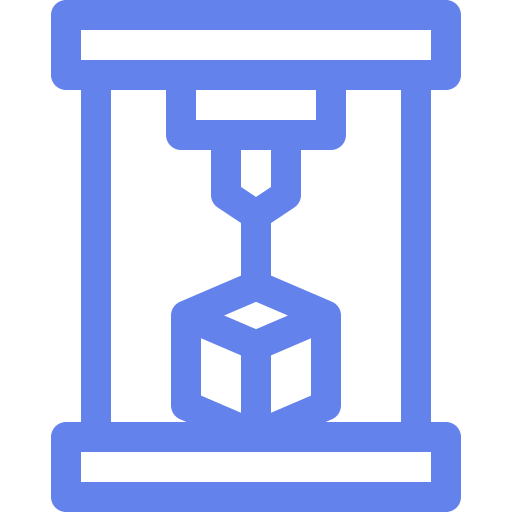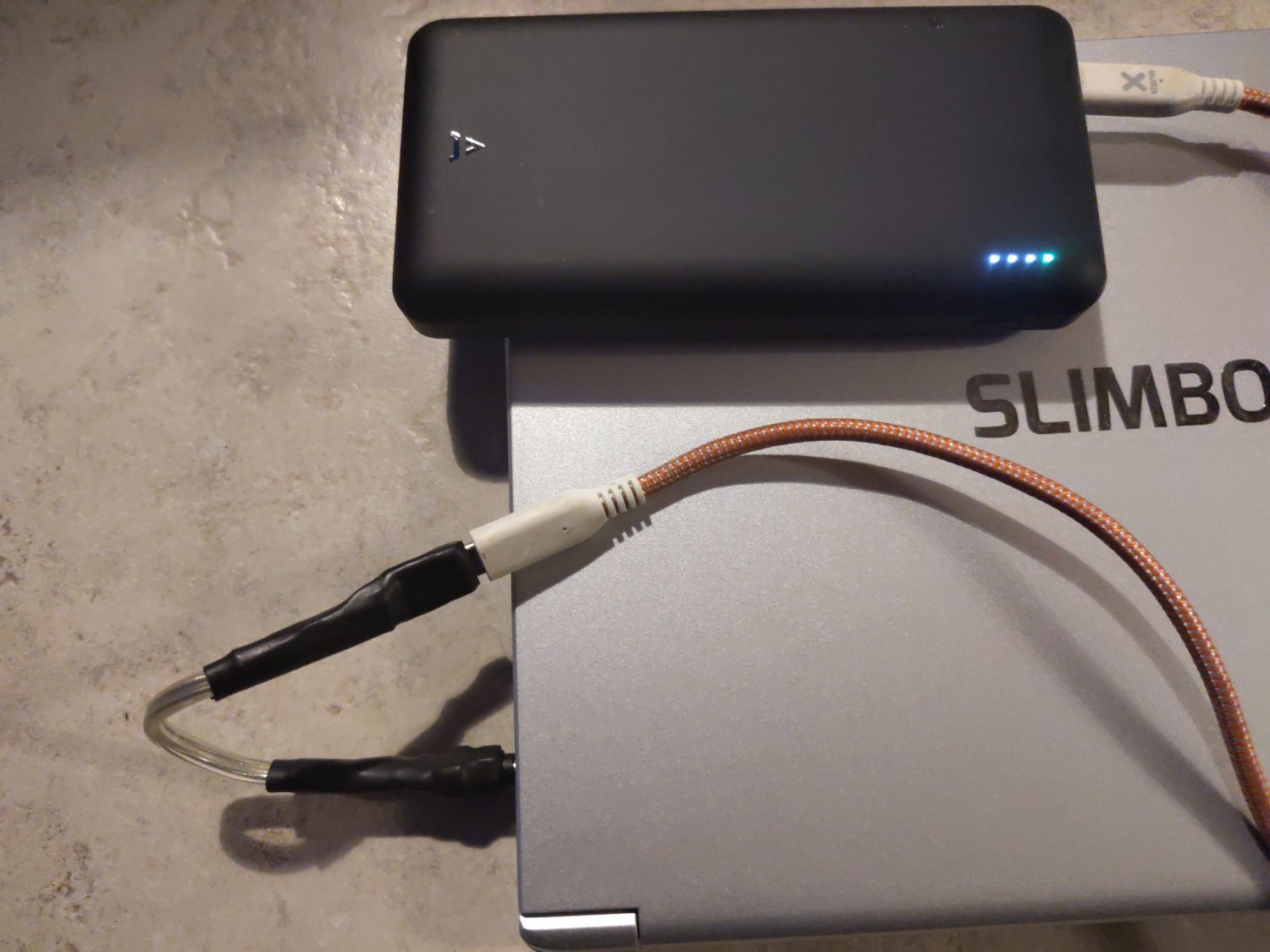

I dropped my FairPhone 5 from a bicycle on unwelcoming pavement at good speed. Broke the camera glasses, the screen protector, the carry case and the back cover. It looked positively destroyed and my first thought was “yay, it’s repairable”. Repairing was easy enough and aside from some war wounds on the side of the case (scratches) it’s as good as new. I’m glad I got this phone.
Aside from being repairable, I also appreciate the e/OS support.










Looks good to me.
docker-ember largely automates such a setup with specific mounts for linking node modules from other folders, being able to bind to localhost for when you run the backend on your own machine, and exposing ports for livereload. May include other secret sauce. Some of that is closely tied to EmberJS.
I’m a fan of using tools you understand. What you show here is comprehensible and sufficient for now👌